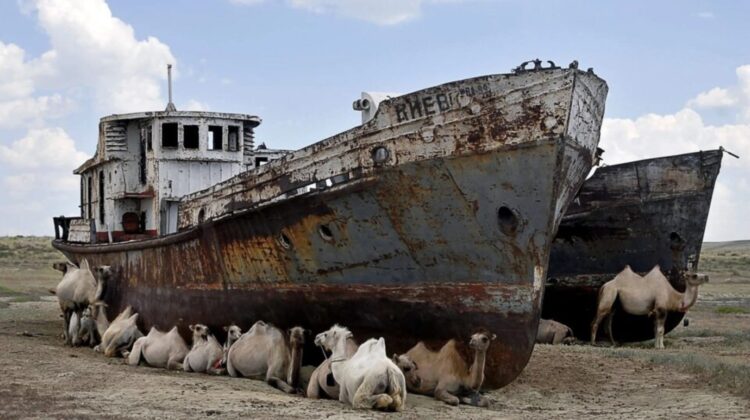
Only 30 years ago, the Aral Sea was the planet’s fourth-largest inland water mass, covering an area of 26,000 square miles between Kazakhstan and Uzbekistan in Central Asia. It was an ancient sea so vast that even Alexander the Great wrote about his struggles to cross it. But today, the Aral Sea is a ghost of its former self, reduced to just 10% of its original size and split into two smaller bodies of water.
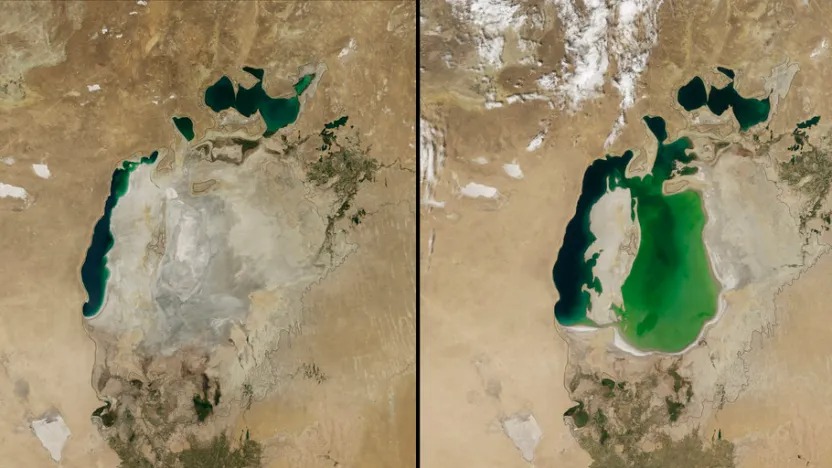
The reason for this dramatic transformation is human intervention. In the 1960s, the Soviet government diverted water from the two rivers that fed the Aral Sea to irrigate cotton and rice fields in the region. As a result, the sea began to shrink rapidly, and by the 1980s, it had lost half of its volume.
The consequences were devastating. The fishing industry that had sustained communities for centuries collapsed, and the once-thriving ports that lined the shore became stranded in a sea of sand. Today, the Aral Sea is known as the “Desert of Ghost Ships,” with rusting hulls and decaying infrastructure dotting the barren landscape.
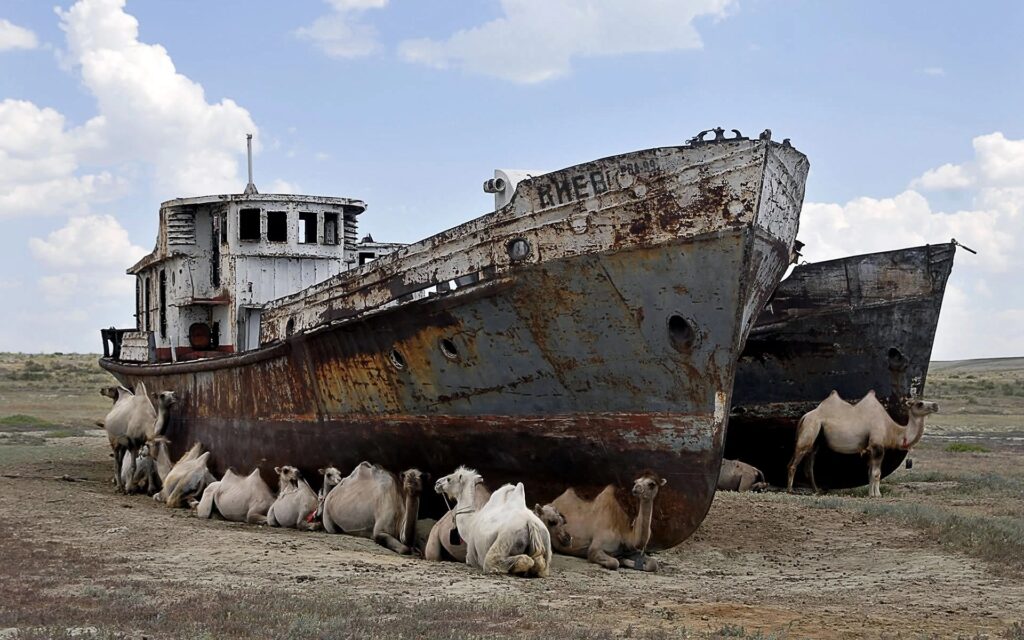
The environmental impact of the Aral Sea’s disappearance has been profound as well. The exposed seabed has created a toxic dust that contains salt, pesticides, and other chemicals, which have led to serious health problems in the region, including respiratory illnesses and cancer.
Efforts to revive the Aral Sea have been underway for years, with some success. In the past decade, the northern part of the sea has seen a slight increase in water levels thanks to a dam built on the Kazakh side of the sea. However, the southern part of the sea remains a barren wasteland, with no signs of recovery.

The story of the Aral Sea is a cautionary tale of the impact of human intervention on the environment. It serves as a reminder that the consequences of our actions can be far-reaching and long-lasting.
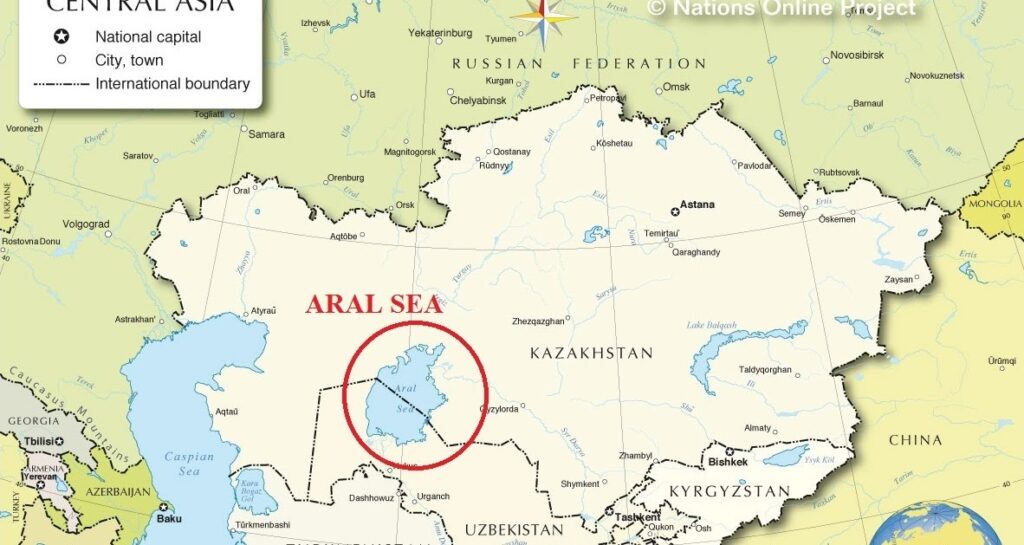
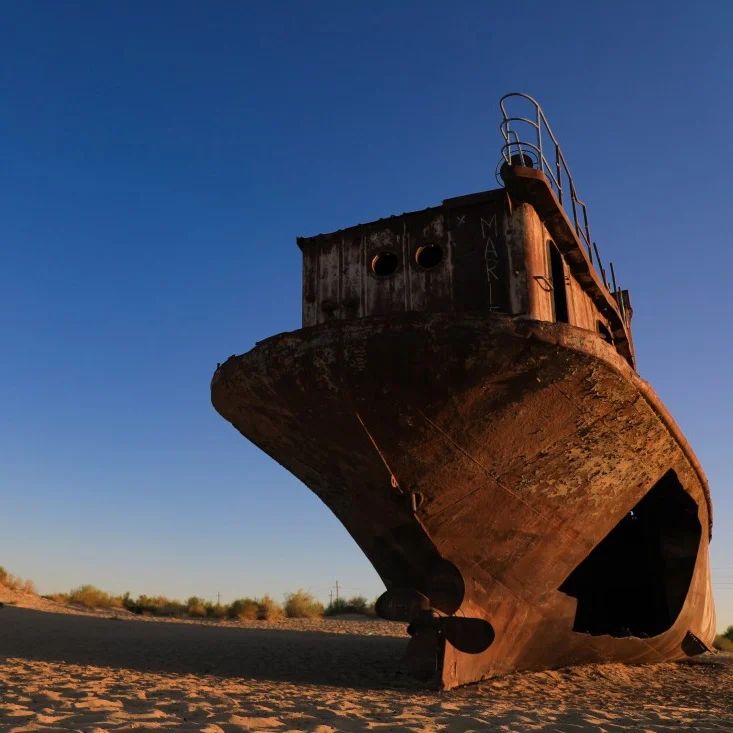
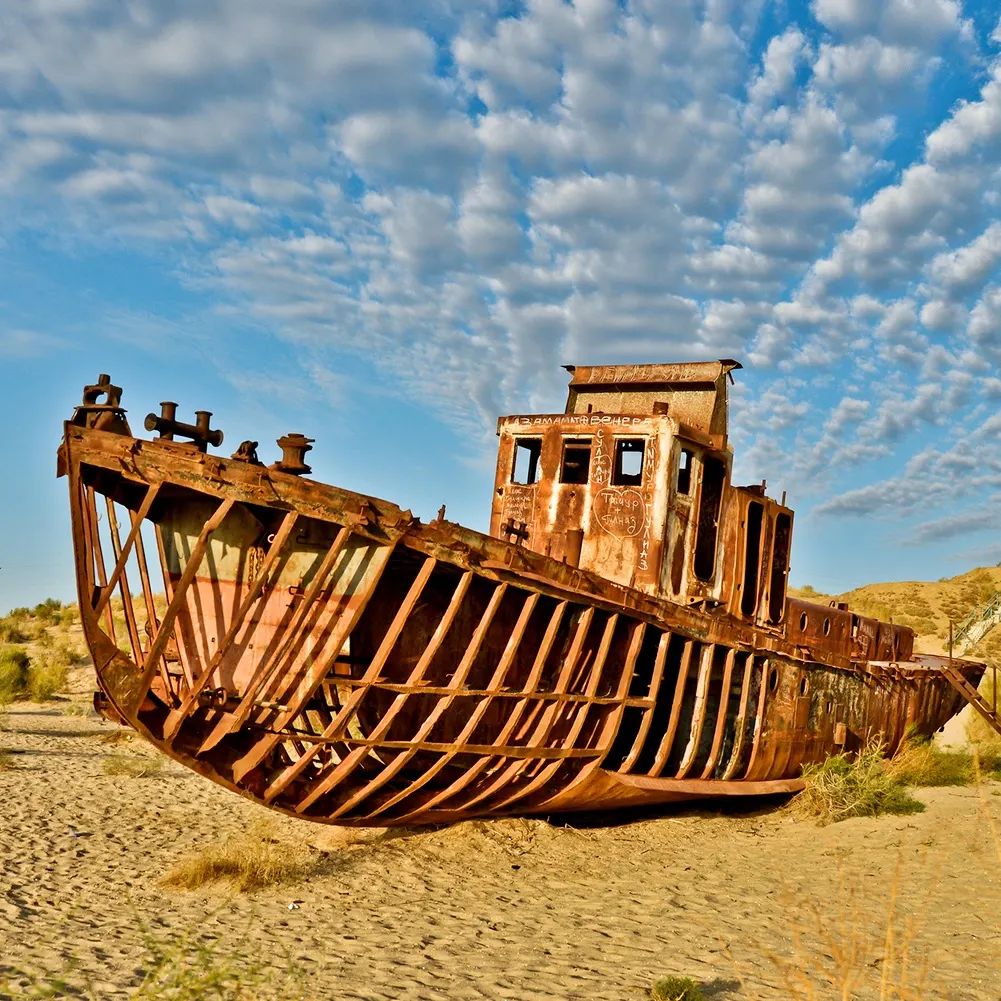
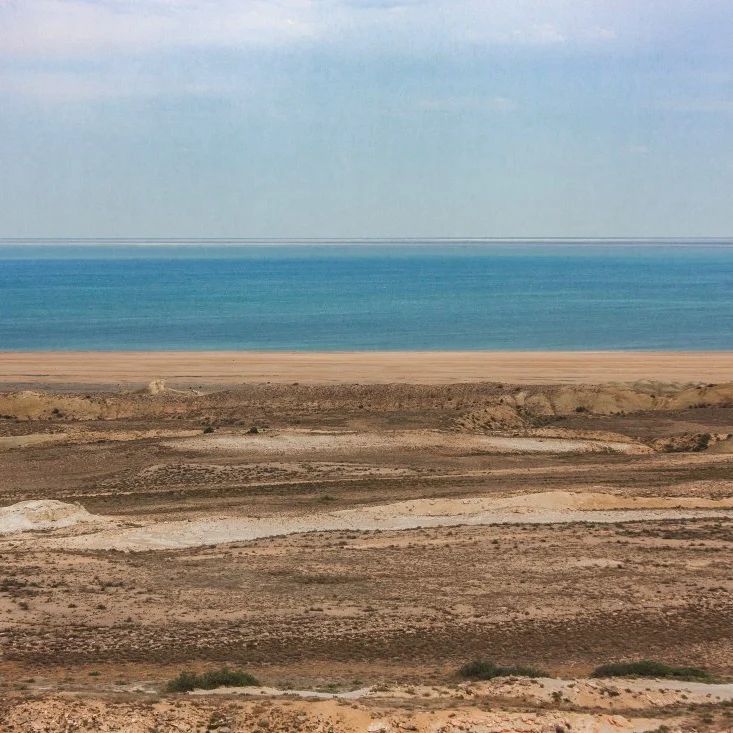
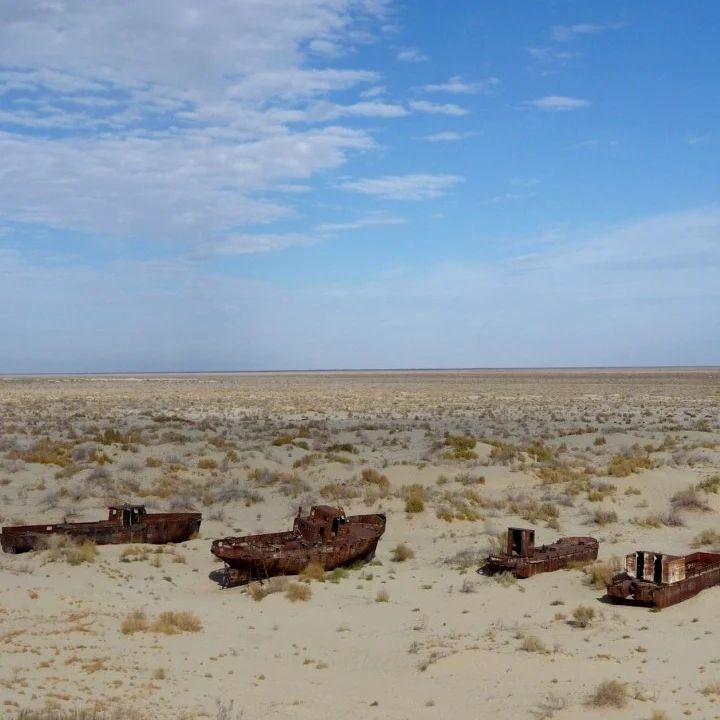
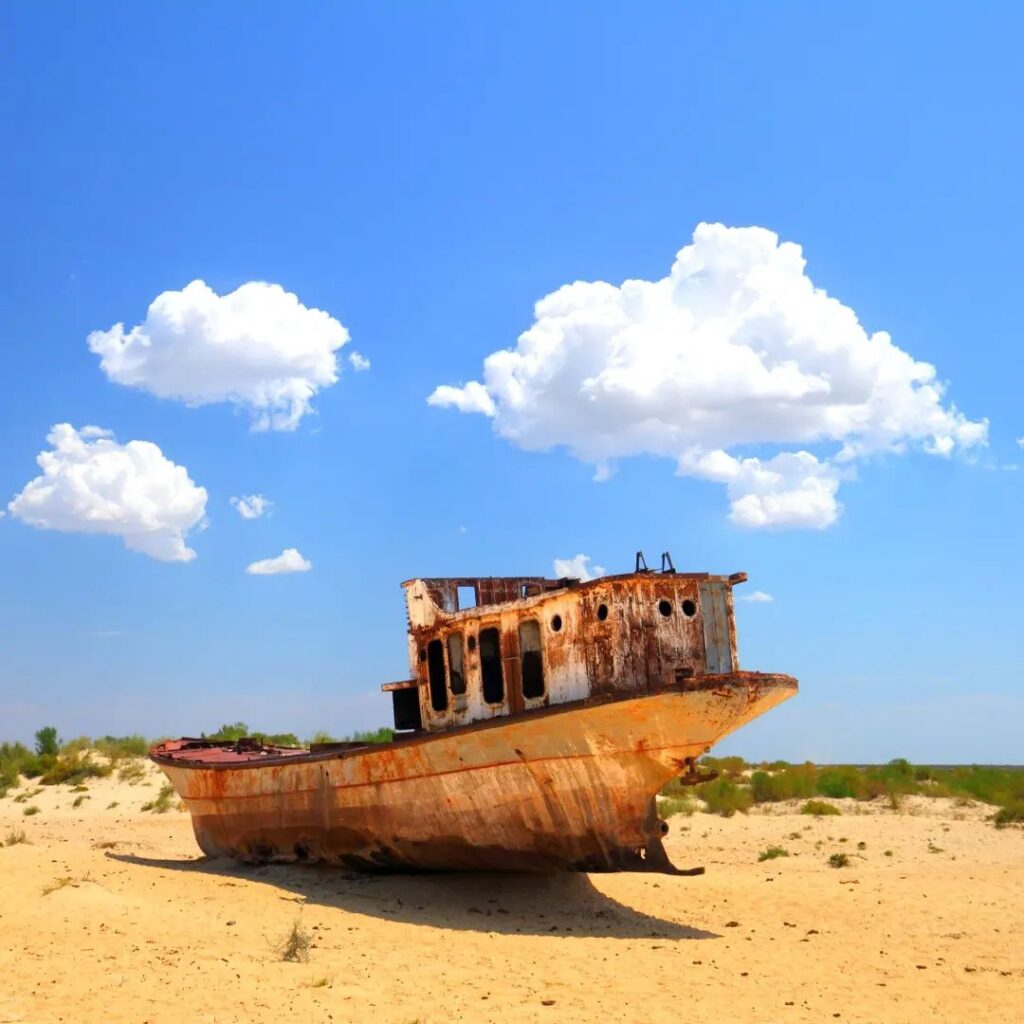
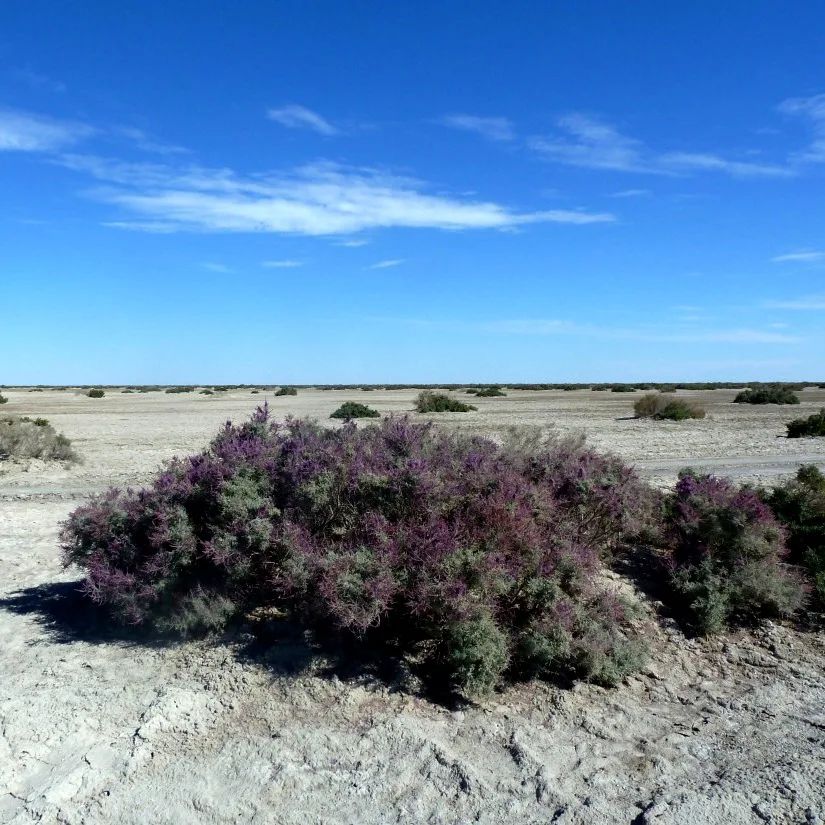

Leave a Reply